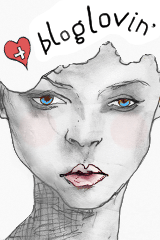I used the violet in the clouds to bring them closer, and lighter blues to send the forms backwards. The use of colours, in this way, forms a deeper depth of field. The depth of field made by the colours in The Lonely Mountain was added with the guidance of Ron McBurnie, an artist who also works with hatching and watercolours. Ron McBurnie also aided me in choosing the right paper to work with. I find it thick enough to make mistakes and have the freedom to take the mistakes off the paper with sufficient scratching. I cut the paper to the appropriate size, because I
thought it would be enough to challenge myself and my techniques. ◼︎







0 comments: